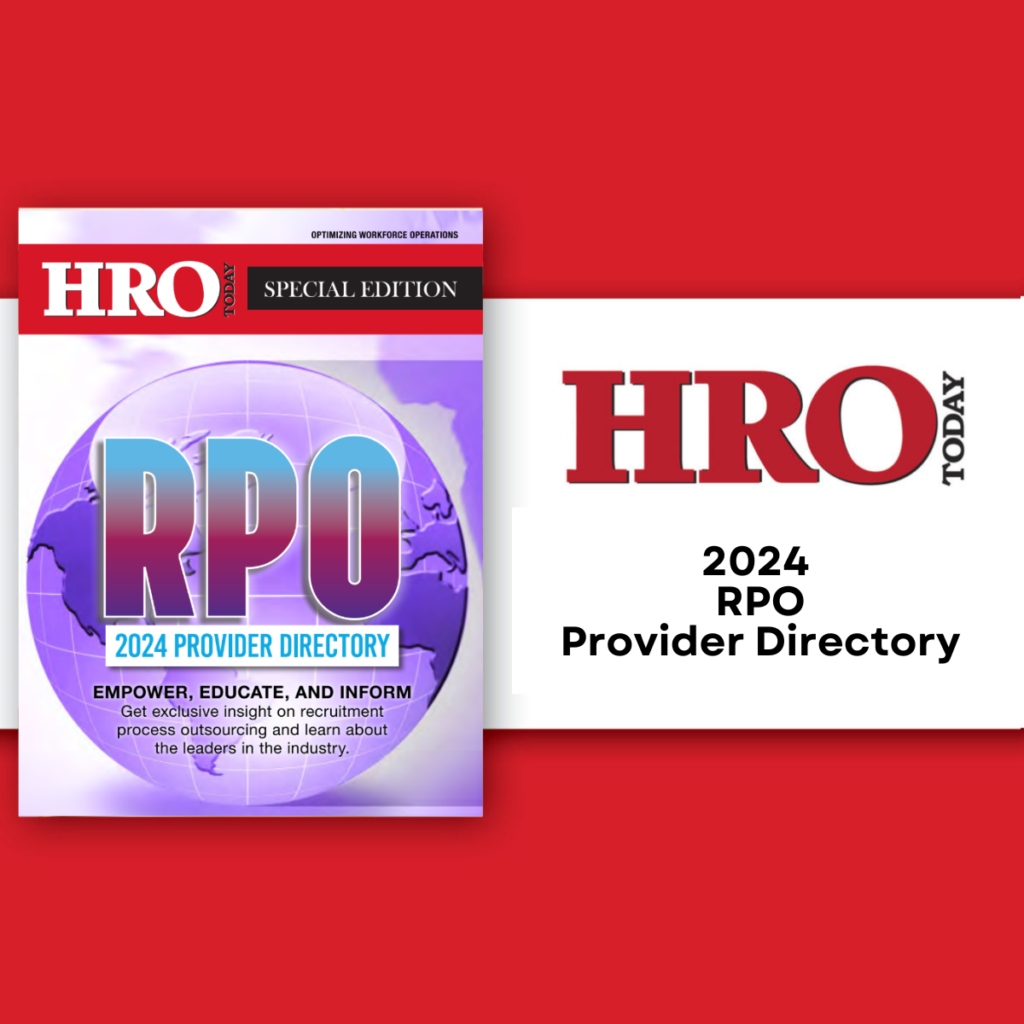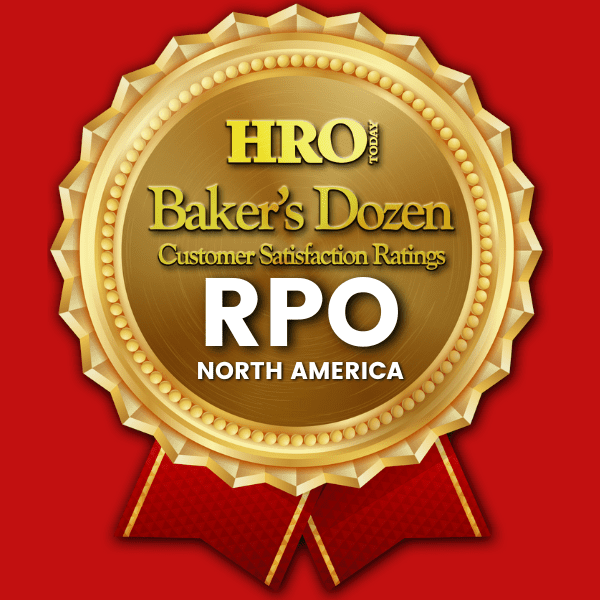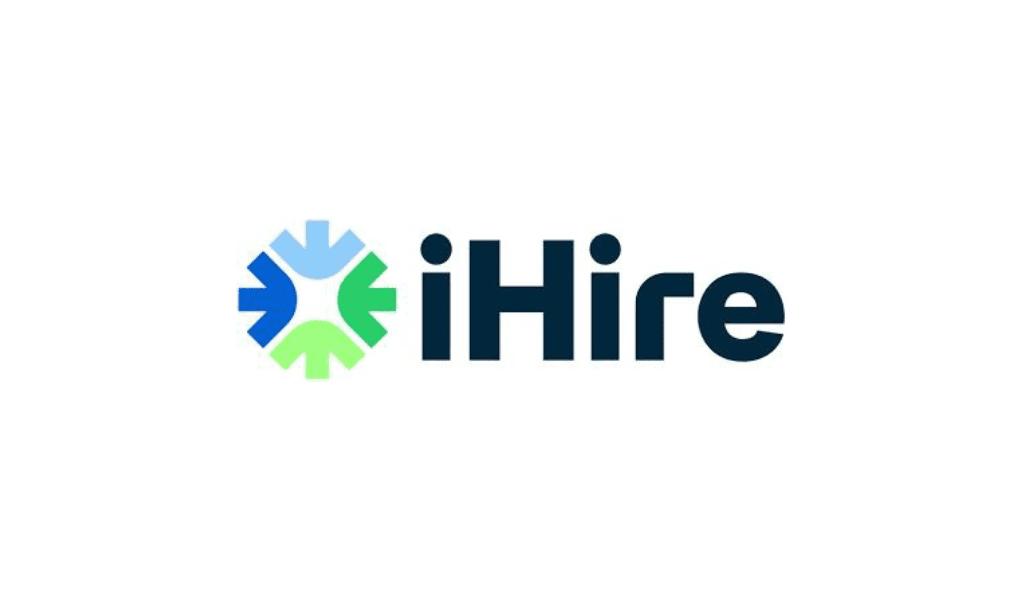Get ahead of the challenging hiring market with these 10 talent strategies.
By Maggie Mancini
After years of jumping ship in search of better job opportunities during The Great Resignation, employees are staying put. With voluntary quit rates at their lowest levels since the pandemic and economic turbulence slowing hiring volumes, talent acquisition leaders are grappling with how to prepare for the future in an unpredictable market. When preparing for an uncertain hiring landscape, an agile work structure is critical.
“Employers are tuned into the uncertain hiring environment,” says Amy Bush, president of Sevenstep. “A hiring spike, freeze, or demand for new skills or talent types can arise anytime. The most successful TA leaders shine through these times by making their organizations ready for everything.”
Readiness means having the data to predict hiring demands, costs, and resource needs, she says. It also means having the ability to pivot and address challenges easily.
“The hiring landscape is marked by economic fluctuations, technological advancements, and shifting employee expectations,” says John Wilson, CEO of WilsonHCG. These factors are driving hiring trends.
There are several other key factors shaping the recruiting market.
-
Hybrid work is here to stay. “The number of fully remote roles has fallen this year, but job postings for hybrid roles have been relatively consistent, according to our talent intelligence and labor market analytics platform,” says Wilson. Organizations get the best of both worlds with hybrid work, he explains, allowing them to balance organizational success with employee interests like flexibility.
-
Talent intelligence is a game-changer. Talent intelligence and data allows organizations to make informed decisions about their strategic hiring goals. “Talent intelligence can help source talent efficiently, provide market reports showing where the talent is located, and determine the levels of compensation required,” says Wilson. All this adds up to a competitive advantage in an evolving market.
-
AI is transforming talent acquisition. AI can analyze huge datasets in seconds, allowing leaders to make strategic decisions about their workforce, including achieving a clear picture of their entire workforce makeup. “The organizations most effective at translating business goals into work are also those widening their perspective to total workforce planning,” says Marissa Geist, CEO of Cielo. “The fundamental difference between workforce planning and total workforce planning is the addition of automation. Organizations leveraging total workforce planning look at the work and establish how both automation and humans should be utilized to deliver the best possible outcomes.”
-
Candidates expect a personalized hiring process. Wilson advises employers should develop a candidate experience that aligns with expectations while ensuring they update it when said expectations shift and evolve. Rick Betori, president of PeopleScout, agrees. “Continuing to prioritize the candidate experience is non-negotiable in today’s talent market. A best-in-class candidate experience should include clear differentiation from competitors, a well-articulated EVP, frequent and informative communication, and effective use of leading technology,” he recommends.
91% of recruiting leaders say they are focused on being agile to adapt to hiring needs.
With employees sticking with their current employers, TA leaders should consider looking within when trying to fill jobs.
“Internal mobility is crucial,” says Jeanne MacDonald, CEO of RPO at Korn Ferry. “It helps fill gaps and reduces costs while improving employee loyalty. We’re seeing a trend in increased investment in employee development alongside internal mobility with more emphasis on internals filling open requisitions than externals with a development opportunity to assist them to fill the gap.”
Geist agrees the lack of talent in the market has organizations looking internally and thinking differently. “As many organizations come to terms with needing to build their own talent, there is also recognition that to create a real lift in agility and innovation these internal, capability build efforts need to be infused with external talent, that is cost effective and can deliver to the new paradigms of work,” she explains. “There has been greater investment in, and recognition of the importance of, high quality and scope internal mobility programs. Thus, ensuring existing employees and candidates have the same consumer-grade experience.”
With fewer job seekers, TA leaders can address talent scarcity by implementing a skills-first approach to hiring and help close knowledge gaps, Wilson says. “A skills-first approach can help close future skills gaps by focusing on the development and acquisition of specific competencies, ensuring an adaptable workforce that’s prepared to meet evolving demands,” he explains.
Betori says that a skills-first mindset to hiring is gaining traction in the market. “This approach focuses on a candidate’s demonstrated skills and competencies rather than traditional qualifications like education or years of experience,” he explains. “By judging candidates more objectively, companies can expand their talent pool, increase diversity, improve internal mobility, and ensure a better fit for roles. This method also helps remove barriers for underrepresented groups by focusing on essential job activities.”
A growing emphasis on skills also goes hand-in-hand with internal mobility. “We’re seeing increased investment in reskilling and upskilling programs for the existing workforce which in turn circles back to the trend of increased focus on movement of existing talent from job A to job B” explains McDonald. “Businesses can implement skills taxonomies and talent marketplaces to facilitate internal mobility centers of excellence.”
The 5 Biggest Recruiting Challenges in the Next 5 Years:
1. Competition from companies
2. Attracting and retaining Gen Z
3. Difficulty finding candidates with the right hard skills
4. Difficulty finding candidates with the right soft skills
5. Inability to offer competitive salaries
With continued hiring challenges ahead, HR and TA leaders can also consider the following.
-
Build a sustainable workforce. Fostering employee development and talent retention ensures a steady supply of skilled talent, Wilson says. TA leaders should also be continuously building talent pools. Jake Zabkowicz, global CEO of Hudson RPO, says engaging with boomerang talent—former employees who may consider returning—can make them feel valued and know that there’s room for them if they choose to return. “HR and TA should work in tandem to reach out to them every three to six months to find out how they are doing in their new role, and to keep them apprised of new efforts within your organization,” he details.
On the flip side, it’s equally important to lend extra care to early career employees. “They can bring new ideas and ways of getting the job done. Create training programs to teach them best practices and reward them for a job well done,” Zabkowicz says.
-
Modernize employer branding. Employer brands aren’t static and need to be updated to reflect the employee experience Wilson says. Employers must showcase their company values effectively, particularly when it comes to appealing to Gen Z job seekers. “This includes highlighting the employee value proposition (EVP) by clearly articulating what makes the organization a great place to work and emphasizing non-compensation benefits such as career development opportunities and work-life balance,” Betori says.
-
Engage the contingent workforce. Centralizing hiring for full-time, part-time, temporary, or contingent workers allows TA teams to take a holistic look at the workforce for faster decision-making. This strategic approach puts pressure on employers to get their procurement and TA functions working together effectively, Wilson says. McDonald says this is another critical strategy to grow the talent pool. “Expanding talent searches to include non-traditional sources such as remote workers, freelancers, and gig workers not only provides flexibility but also taps into a broader range of skills and experiences,” she notes.
-
Embrace talent demand planning. This approach can help TA leaders navigate uncertainty by forecasting short-term vacancy volumes effectively, MacDonald says. This helps ensure that hiring volumes are delivered while building a workforce aligned to operational needs.
“TA leaders cannot fully plan for a future they cannot predict,” Bush says. “They should focus on building flexibility and readiness. With that trust, stakeholders can support TA in redefining job definitions to target scarce talent, embrace strategies such as total talent to reach the entire workforce, and rely on intelligent data to steer where to recruit, who to target, and what to pay.”
















